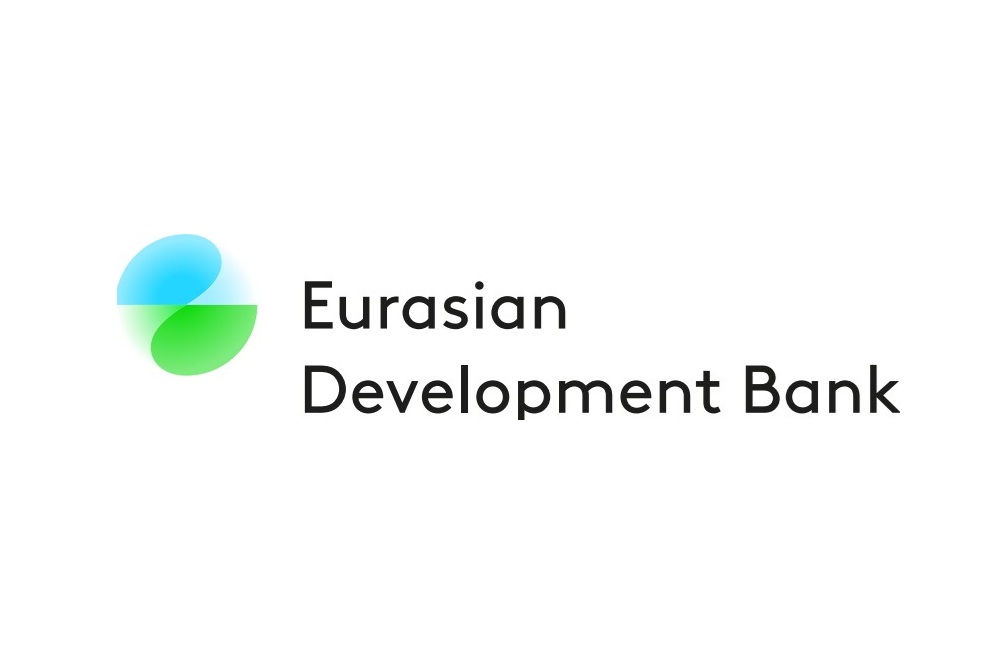How $22 Trillion in Private Capital Can Become a Driver of Development: EDB’s Nikolay Podguzov Presented a Solution at FII9 in Riyadh

The Chairman of the Management Board of the Eurasian Development Bank, Nikolai Podguzov, took part in one of the world’s key investment forums — the Future Investment Initiative (FII9) organized by the FII Institute in Riyadh.
Mr. Podguzov joined the panel “Can purpose-driven capital unlock the trillions needed for inclusive growth?”, alongside H.E. Dr. Sidi Ould Tah, President African Development Bank, Yazeed Saleh AlYahya, CEO, Saudi Eksab for International Investments Company, Makhtar Diop, Managing Director, International Finance Corporation (IFC) and Ilan Goldfajn, President Inter-American Development Bank.
The discussion focused on the $4 trillion annual financing gap for the Sustainable Development Goals (SDGs) and the need to strengthen the collective capacity of Multilateral Development Banks (MDBs) in bridging this gap.
Nikolai Podguzov emphasized the potential of MDBs in closing the SDG financing gap. MDBs are an ideal source of capital for achieving SDGs due to their mission-driven orientation. However, their combined investments total only around $180 billion annually, and the share of MDB assets in the global economy has decreased from 1.9% to 1.7% of global GDP over the past 25 years: “The role of MDBs in the global economy has effectively shrunk. We need to invest more, build expertise, increase local presence, and, most importantly, raise capital,” said Mr. Podguzov.
He also highlighted, “First of all, I think we need to elaborate instruments to raise MDBs’ capital at least two times — to double it. I think the World Bank Group has proposals here, and I think we need to follow them. Secondly, we need to develop cooperation to attract private capital to the project activities.”
While more than $22 trillion in private assets are accumulated globally, these funds often do not reach projects in developing countries. The main barrier, according to Mr. Podguzov, is the mismatch between the level of risk and the returns:
“Private capital flows where risk is justified by profit. Development projects are often low-margin. If we can reduce risks and increase returns—capital will come.”
“Funding sources must be diversified. Today, the most dynamic capital markets are in the Gulf states and China. The EDB is actively working in these regions, issuing bonds in local currencies and expanding its presence.”
It’s worth noting that in June 2025, the EDB issued its first bonds denominated in UAE dirhams, and it is set to open an EDB office in Abu Dhabi’s ADGM in the fall. The Bank is also considering entering the Saudi Arabian capital markets.
Nikolai Podguzov also emphasized that the effectiveness of projects is directly linked to how well they are developed and the understanding of risks:
“The Eurasian Development Bank primarily operates in Central Asia. Central Asia is a rapidly developing region with a growth rate of over 6%. Clearly, it is crucial to attract capital to this region. The EDB’s level of non-performing loans is close to zero. Why? Probably because we enter projects at the earliest stages and have the opportunity to structure them in a way that is comfortable for all parties—both private investors and other MDBs.
For this reason, in my view, it is important to foster cooperation not only horizontally but also vertically. Smaller-scale banks are better at understanding the region and managing local risks. Therefore, it may be more effective to build collaboration between global and regional banks, which will help attract more private capital and investments to specific regions.”
When discussing investor trust, Mr. Podguzov underlined the importance of assessing results and transparency, where MDBs play a key role: “MDBs are not obligated to maximize profit. Their mission is development. They use special project evaluation methodologies, and when an MDB guarantees a specific goal and monitors the results, it builds trust with investors.”
During the session, participants discussed key topics such as mobilizing capital for investment, de-risking private investments, and the importance of supporting member countries in developing their legal, institutional, and regulatory frameworks to provide confidence to investors. All session participants emphasized that MDBs do not aim to generate returns or profit from their investments. Their focus is on long-term sustainable development and fostering inclusive growth through well-structured and transparent investment mechanisms.


